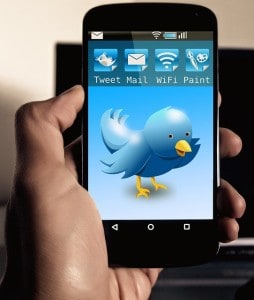 We’ve all been there, especially after a few drinks. We wonder about our long lost love or our latest crush, pull out our phones and send a text. As vodka would say, “Go ahead, drunk texting your ex is a solid plan, they miss you, too!” Only, it rarely works out that way.
We’ve all been there, especially after a few drinks. We wonder about our long lost love or our latest crush, pull out our phones and send a text. As vodka would say, “Go ahead, drunk texting your ex is a solid plan, they miss you, too!” Only, it rarely works out that way.
Taking it a little further, if you spend any amount of time on Twitter, you’ll see plenty of jokes about “an ignition interlock, but for drunk texting.” People get that they aren’t the smartest when the vodka is flowing, whether texting, Tweeting or Facebooking. And, it is these early, anthropological social media discoveries that have produced the technology needed to “out a Tweep” when they’re drinking and Tweeting.
This technology is a big thing, especially since there are too many people using social media to brag about their intoxicated joyrides. There was Kayla Mendoza who tweeted “2 Drunk 2 Care” just before a drunken head-on collision that killed two people in Florida. More recently, a man used Periscope to document his DUI experience, live, while onlookers rushed to alert local authorities. Twitter and other social networking platforms are full of DUI bravado, with invaluable information gleaned from drunk Tweeps that can actually help stop drunk driving, underage drinking and many other alcohol-encouraged crimes.
Discovering better ways to encourage responsible drinking could literally be in the palm of our hands. When we’re drunk texting or drinking and tweeting, we are giving more insight into our minds than we know, including ways to stop a DUI before it starts. Using technology to stop us from sending a drunk text – an ignition interlock for smartphones – is not much different from using it to stop us from getting behind the wheel. And, really, if there was ever a reason to start drunk texting your ex, helping science discover better drunk driving prevention through smartphones is the best excuse you can make the morning after.

Leave a Reply
You must be logged in to post a comment.